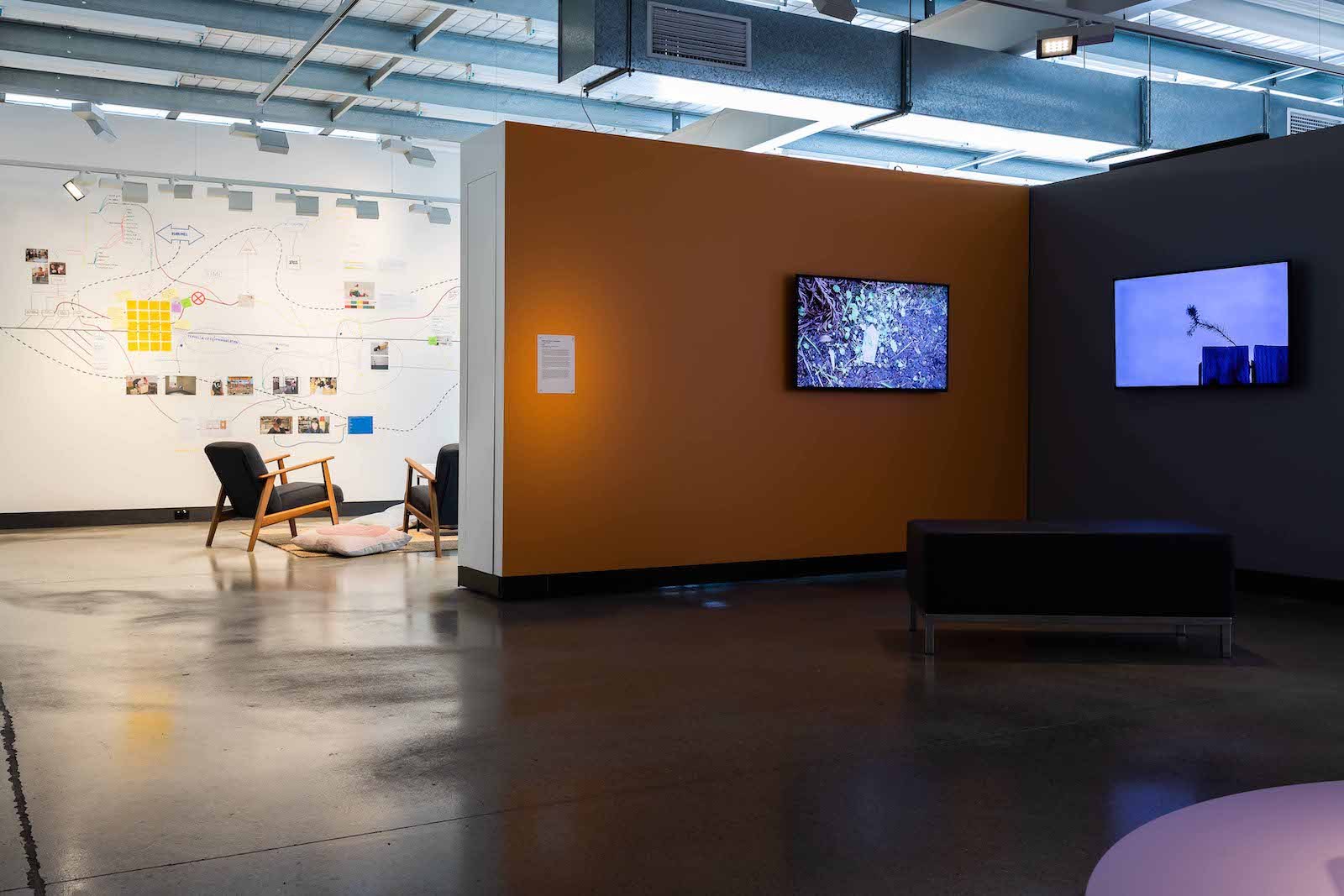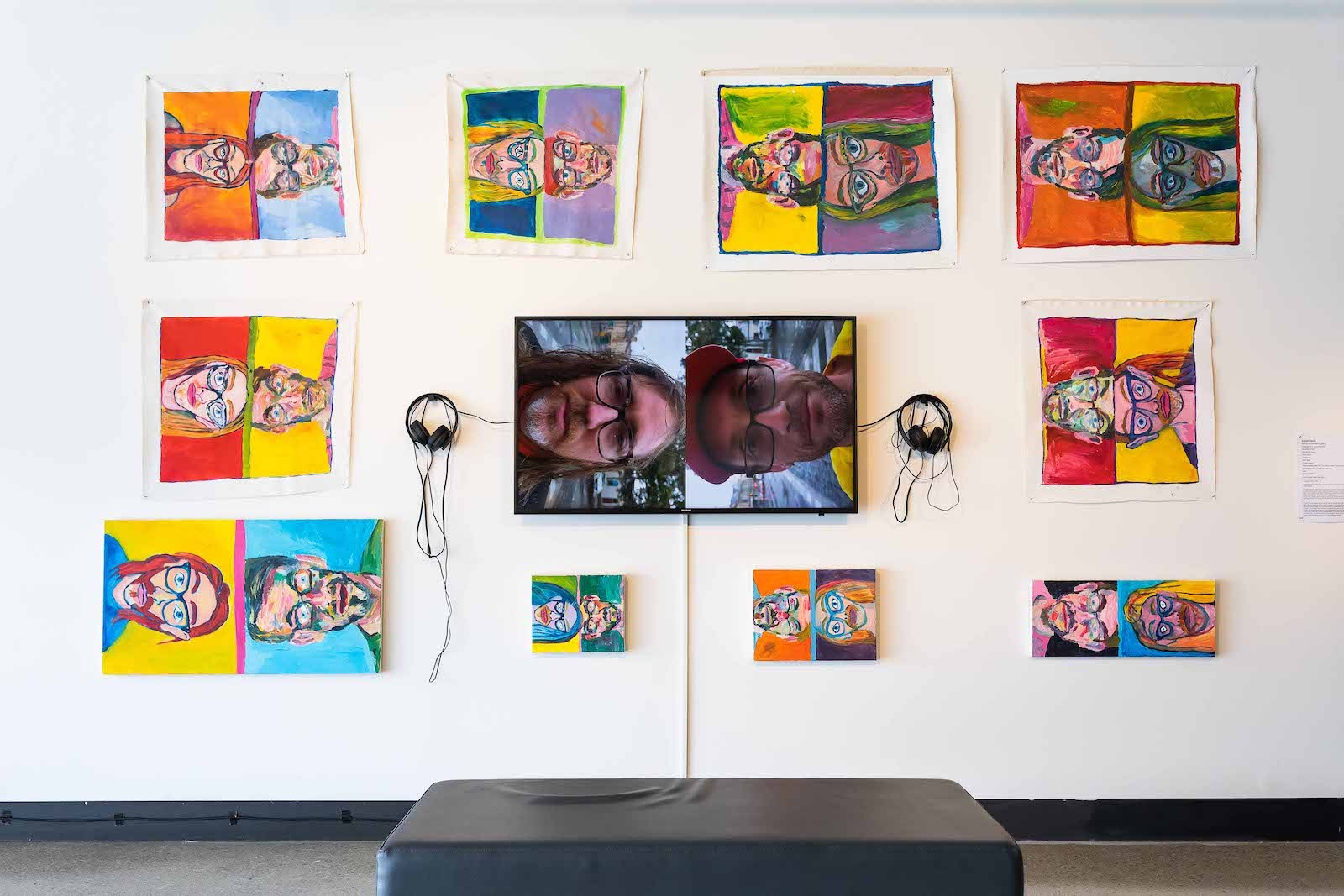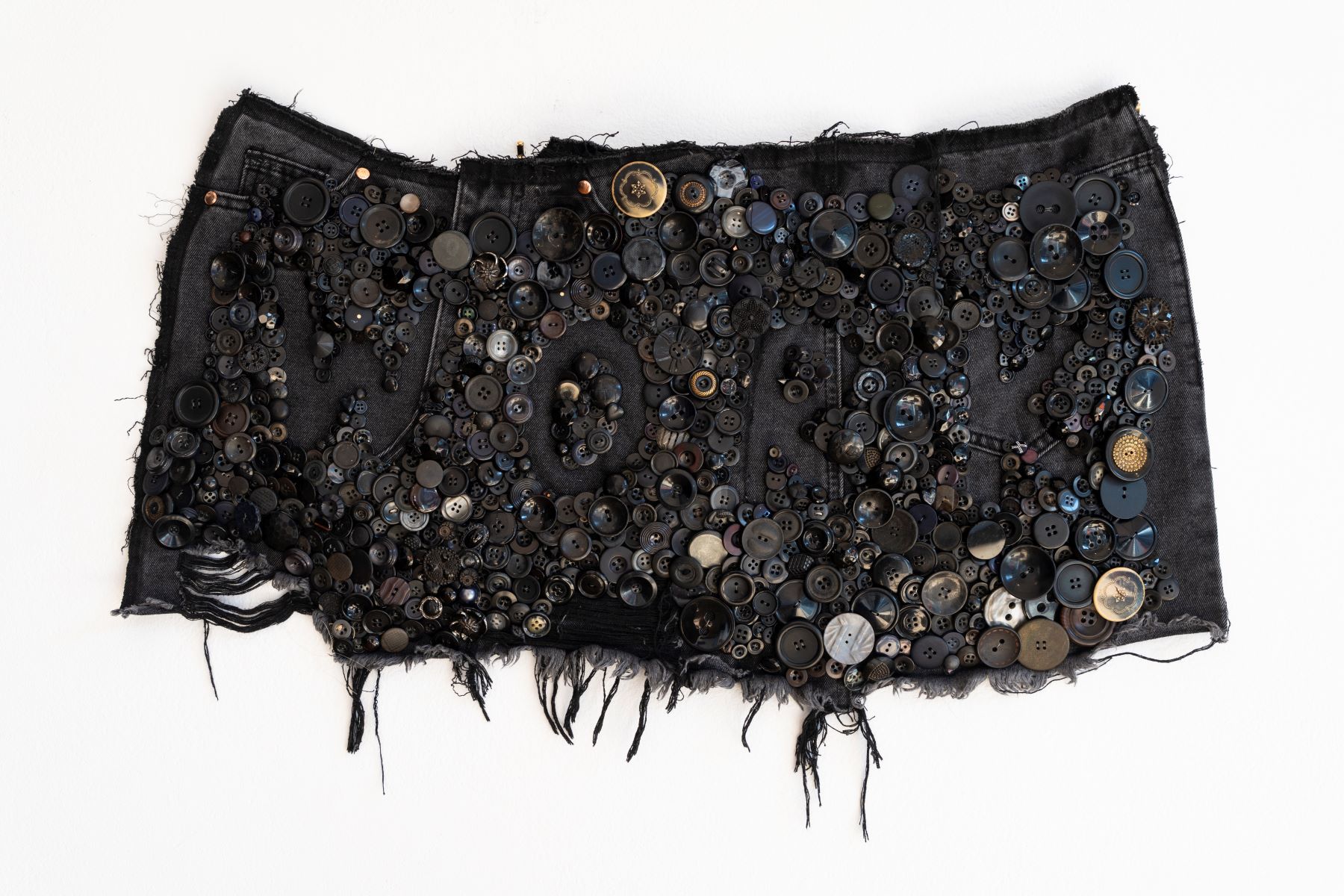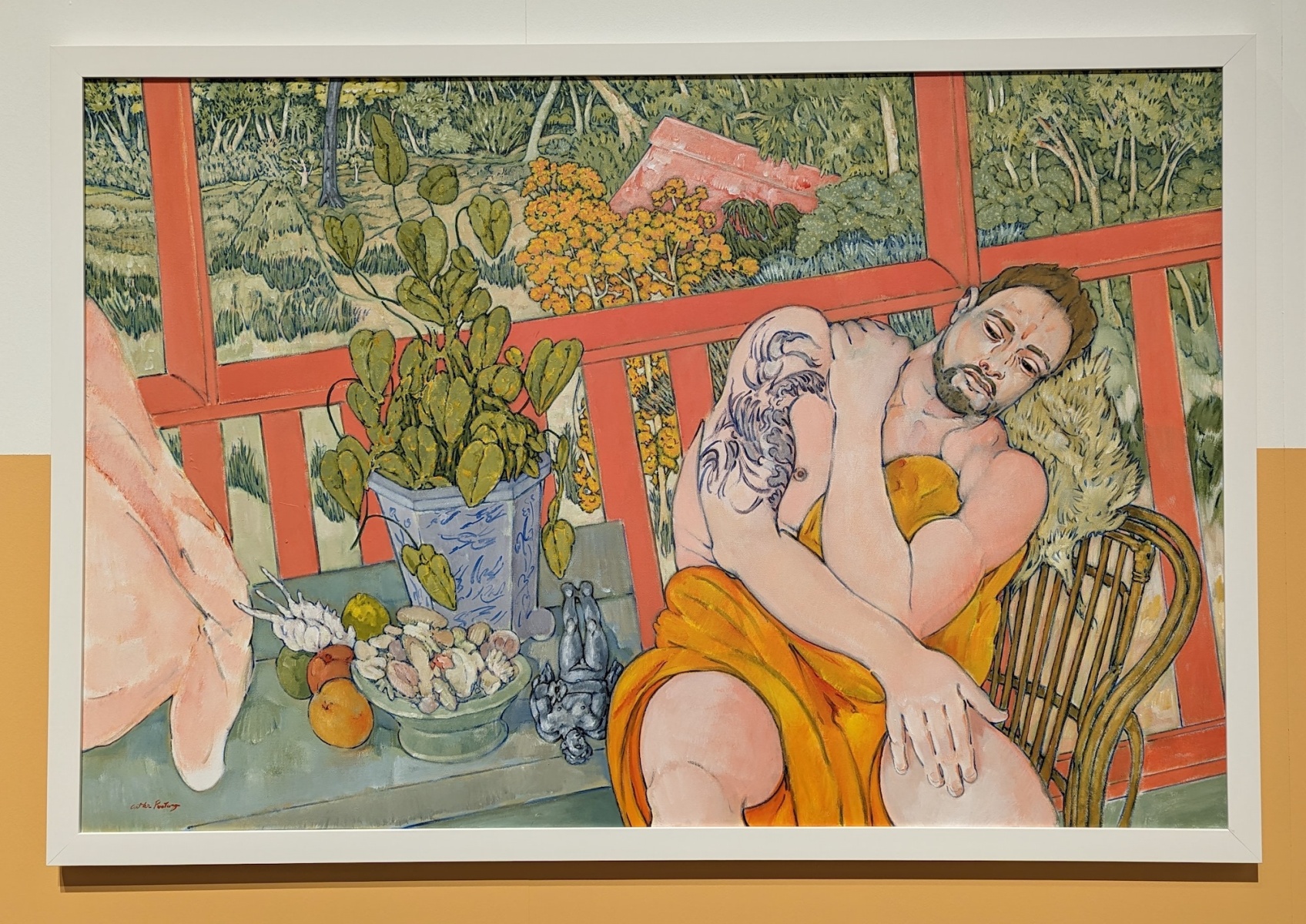Five distinct creative partnerships ‘come together’ to challenge the parameters of mutual creation and appropriation in contemporary art in a new exhibition at Pine Rivers Art Gallery. Founded on the premise that “art has always been a social pursuit,” the show concentrates on artist duos, both long-standing and emerging.
The strong bonds between the chosen collaborators, including siblings (Anna and Claire Litwinowicz), spouses (James and Eleanor Avery), and friends (Courtney Coombs and Antionette J. Citizen, Jay Jermyn and CJ Anderson, and David Creed and David Spooner), gives the exhibition a striking sense of intimacy.
In the words of Charles Green, artistic “collaborations are not simply a merger of two ‘hands’ into one but a manipulation of the concept of signature style itself.”[1] This is evident in Come Together, as the works take on a uniquely dialogic mode of making, fusing familial pairings into shared artistic identities.
The exhibition splits into two segments on either side of the main foyer. This sense of doubling, a ‘back-and-forth’ between artists and artworks, is maintained as you navigate the show. Within the five partnerships on display, this duality was most evident in the following three.
Courtney Combs and Antionette J. Citizen’s mixed media installation, An Artwork in two parts (2022) presents a sprawling interplay of text, sticky-notes, printouts, and arrows that span the length of a gallery wall. The work acts as a larger-than-life transcription of the artists’ ongoing exchange across state and international borders. It showcases the minute and mundane interactions that formulate artistic co-operation. The work is self-referential:joining material ‘process’ and ‘outcome’ as one.
As a viewer, it is unclear where the artists’ roles separate and converge (for example, across an encouraging note, a shared to-do list). The visual wall could be seen as performative (the mind-map too neatly spaced, a note reading simply “AHA!”) In discussion, the artists stated that they share and divide their work based on availability and expertise: “Antoinette is better at tech and design;” whereas “Courtney is the superior wordsmith.” In turn, the work successfully illustrates the idiosyncrasies of the two artists’ styles and skillsets being absorbed into a singular creative ‘framework.’
Next to their installation is a lounge setup and two pinboards on opposing walls. In this ‘second’ part of the installation, viewers are encouraged to sit down and use four prompt cards to “ideate” their “own artwork.”
Turning around a bend in the gallery, another work by collaborating sisters, Anna and Claire Litwinowicz, catches the observer in a vacillating trance. Their two-channel video installation, our bare feet (2022), is placed on a cornered wall in the middle of the gallery space. This juncture provides an alcove for viewing the work and frames the two screens as a mirrored pair. The video, filmed by Anna, displays textures and snapshots of the artists’ family home and scenes of the sisters holding a mirror in their local park. Their use of obvious dualities—white and black dresses, the use of dusk and dawn lighting—creates a sense of ‘ebb-and-flow’ between their shared emotional resonances and experiences. This tone is enhanced by Claire’s oscillating violin soundtrack. The work reconciles childhood memories with the sisters’ ongoing relationship, reflecting their shared past and present.
Finally, a wall installation by David Creed and David Spooner (known collectively as David / David) acts as a playful take on camaraderie as creative practice. The work chronicles a series of interactions between the pair, during home visits and on a joint gallivant around Melbourne’s streets. The installation includes two interconnected elements: a video screen with two corded headsets and a surrounding series of acrylic portraits on canvas. The exhibition wall text explains the digital video, David / David Walk / Talk (2022) as a narrated documentation of the artists’ walking tour to ‘David’ sites across Melbourne. The screen flips arbitrarily between ‘David St’ sign tourist selfies, drinks under a replica ‘Statue of David,’ and their painted likenesses traversing a David-based expedition map. The work captures the same whimsy of a Guiness book record event, like a Santa festival or Josh fighting contest. The viewer is left bemused—how many Davids can there be?
Similarly, the surrounding self-portraits, one David on each side of a painted line, seem to both ‘reflect’ and go ‘head-to-head’ in a chromatic stand-off. This quirky ‘back-and-forth’ is further heightened in their audio conversation. (I caught a parley on weird animal facts).
This work is best experienced with a comrade of one’s own: sitting side-by-side, headphones on, to listen to and view the jovial musings of two friends, who clearly find comfort in one another’s close company. Similarly, Coombs and Citizen’s lounge has seats for more than one. Their artwork prompts even resemble a collaborative card game (pick a card!) more than a space for independent thinking.
Come Together is a celebration of meaningful creative connection. It is an exhibition about what we take from and give to each other. This mutual appropriation of a response and responsibility to one another enlivens the work with a sense of familiarity and optimism.
Tellingly, the artists describe their collaborations as a “holiday from ourselves,” (Spooner) and a process “to get out of our own way” (Coombs). The exhibition’s catalogue points to a history of artistic collaboration, from Renaissance guilds to social collectives. Yet, I would argue that it is the pair as an “indivisible unit” that underpins this exhibition. Come Together demonstrates the multiple ways that the self and the other are constructed as interconnected to, and inseparable from, one another.
Kathleen O’Hagan is an emerging writer, artist and educator based in Meanjin, Brisbane.







